MACHAS
News - All the latest news straight from the artists themselves
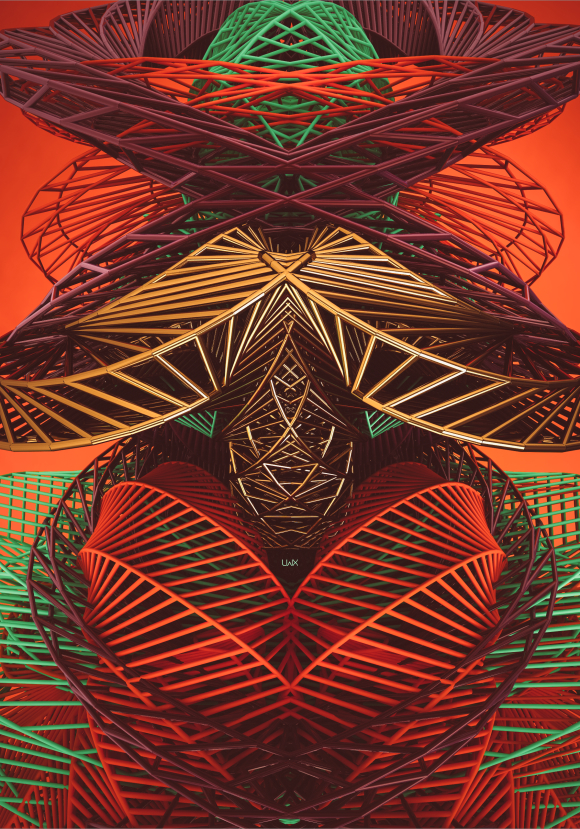



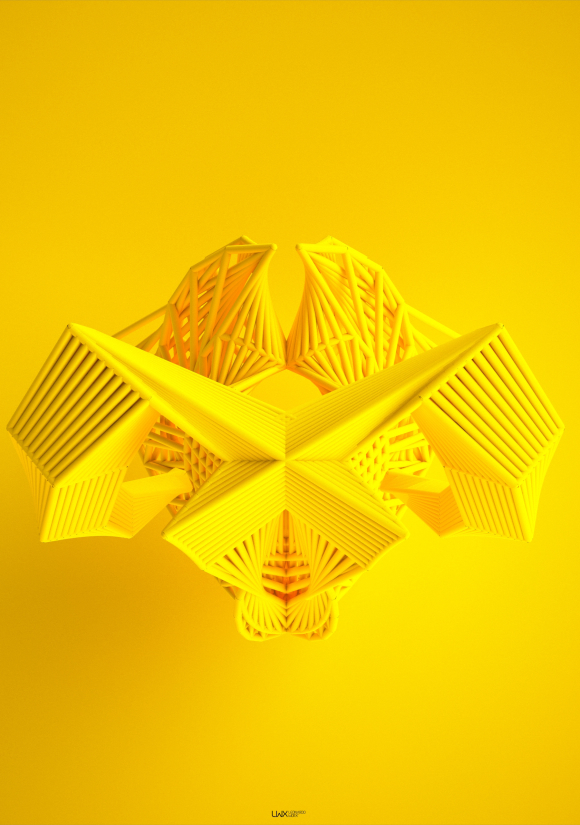
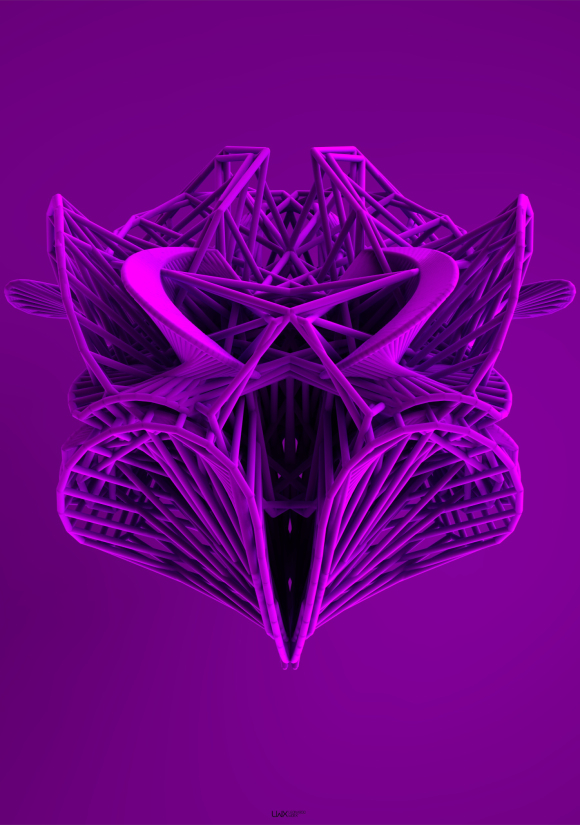
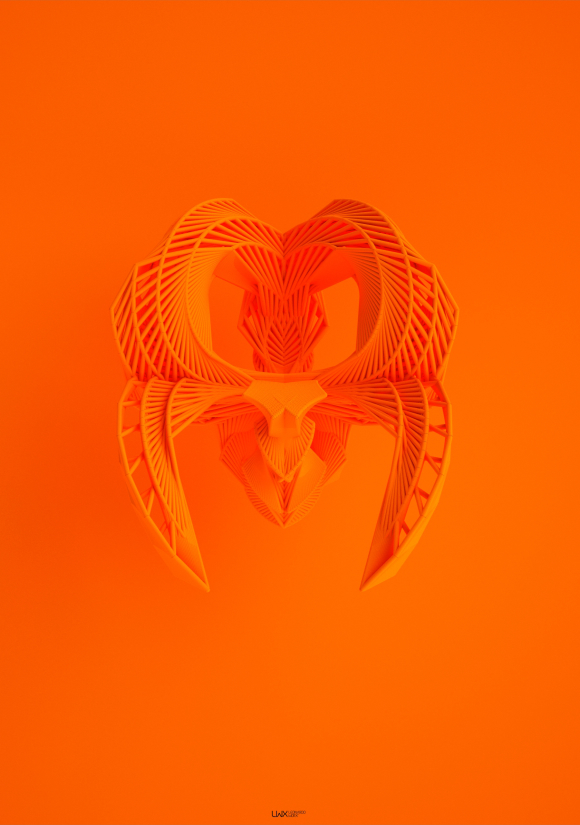
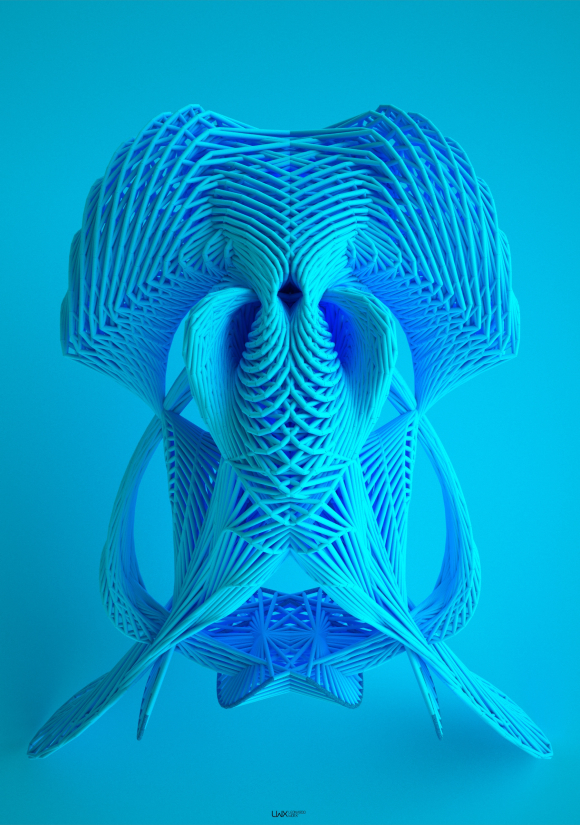
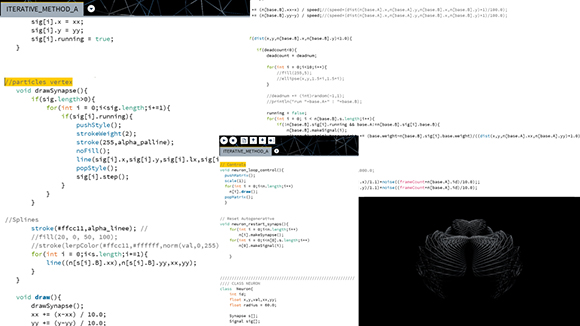
This is how The Iterative Method looks like.
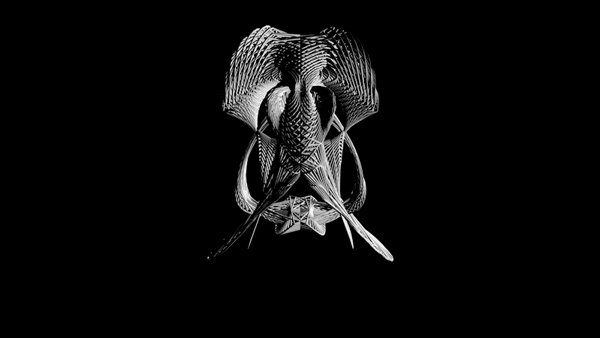
Blue Module Render
Math Generated Art: Leonardoworx’ The Iterative Method
Working side by side with multimedia artist Leonardoworx is not a merely professional duty, it’s an incredible experience. His latest project, aptly called The Iterative Method, sees Leonardoworx raising the bar of his comprehensive approach to visual art and music, this time using a combination of maths, physics and coding to generate art.
Every shape, line or movement of The Iterative Method hasn’t been put together in a software suite but has been originated by an array of numbers (variables) set into formulas created by artist himself and that followed the paradigm of Quantic Physics. That is to say that Leonardo didn’t know the visual outcome of the artworks he was creating, just that if the math was correct they were going to appear as an orderly shape—the incredible beauty of the project lies both in the final result and in the creative process, which required an astonishing amount of skills and knowledge.
But if you are like us and mathematical functions are just a fading high school memory, what is The Iterative Method? We asked Leonardoworx to give us an insight for Dummies on this incredibly complex yet fascinating project that expands the realm of aesthetics into math, physics and coding and ultimately to philosophy.
M: The artwork we see in the Iterative Method was completely created by mathematical functions: how did this idea came about?
LWX: It all started when I was working on the House of Peroni installation, as it was the first time I used iterative functions translated in coding with Processing. I was immediately intrigued by the idea of creating an infinite number of auto-generative artworks that evolve from a simple structure into more and more complex creations that I call module or DNA — for its similarity to genetic code. The Iterative Method gives an infinite number of options to create these complex modules, however I intentionally decided to keep the function simple in order to unveil its beauty.
M: The Iterative Method project encompassed maths, physics and coding: how did those three elements worked together?
LWX: The goal of physics is to study all natural events, events that can described and quantified mathematically. This is the reason why the connection between mathematics and physics (especially with the evolution of the modules movements) was quite natural. The coding was simply the language I’ve used to communicate to the computer the formula that governed the generation of the modules.
M: How did you create these modules? How did you choose them?
LWX: In order to have more control on both the shape and the movements of the modules I’ve used just a limited amount of variables. The process was quite straight forward: once I inserted variables into the functions, the Mac would generate an endless series of modules. I then chose a range of variables in a set moment of time that would create the modules I thought were more interesting and emotionally engaging.
M: Were all the modules you’ve created used for the project or was there one that didn’t make the final cut?
LWX: I discarded one and that’s because it kind of looked like a flying saucer.
M: That’s interesting: most of the modules were good from the very start: is it fair to say that it wasn’t a tentative creative process?
LWX: I’m so used to write coding that whenever I write strings I can already visualise what it is going to appear on the screen and to be honest, if the math is right there is no chaos.
M: How did this project effect your creative process?
LWX: There was definitely a shift in my approach, especially as this time I wasn’t using a 3D or interface-based software: I was working directly with the computer, forcing myself to create a fully functioning basic language able to run complex creative process.
M: You’ve also made a series of artworks to complement the video the project: how are they linked together?
LWX: Each complex module has been originated by running the function of “simplier” modules (respectively the orange, cyan, violet and yellow) in the iterative function.
M: What was your inspiration for the music?
LWX: I composed everything on a OP-1 and a Maschine. Mirroring the visual part, I wrote the score with a pattern form on Max Msp and then reused them. I didn’t use any sound design as I wanted the sound to be very minimal and focusing mostly on the voice of Alison (the computer who introduces the modules). Speaking of Alison, I think that I worked so much on this project that I might had a chat or two with her in my coffee break!
M: Although The Iterative Method is based on math and physics the result is not cold at all, quite the contrary, is incredibly powerful from the emotional point of view.
LWX: When I started this project I felt there was a strong connection between the iterative method and some of my personal experiences, although I didn’t clearly understand why. I then started researching online and went through a lot of M.I.T. papers, thesis, TED talks and all those sources shared one idea: that all our feelings, like the love for someone, even someone who is not with us anymore, go beyond a determined space and time and follow an iterative pattern that can be quantified with one “value” that we already know. This is the reason why I did The Iterative Method.
See more of Leonardoworx’ here